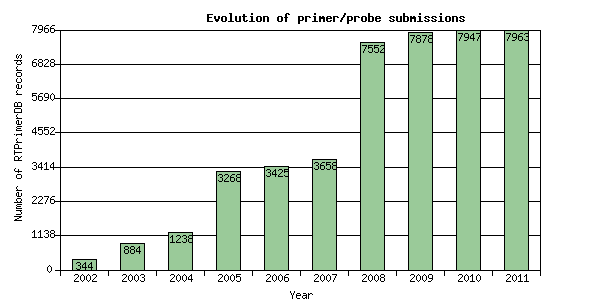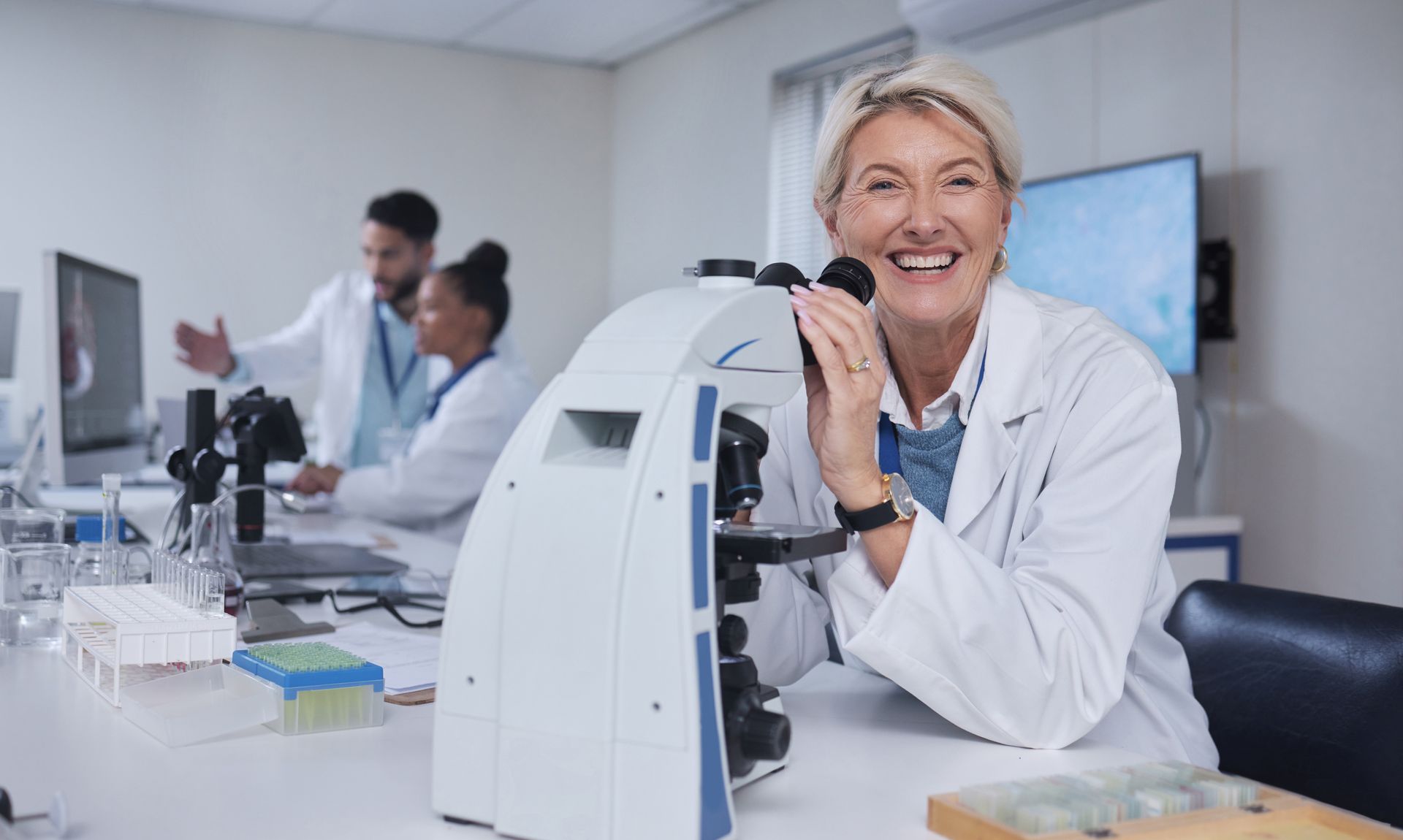Overview
Primer/probe submission evolution

The purpose of ONSEN is to assist those interested in including Omics in their program of nursing research. The creation of this resource network was recommended by leaders from the nurse scientist community who wanted to enable collaboration, mentoring, and access to training opportunities. Read more about the options for you to contribute to this growing network of colleagues working together to advance nursing science through Omics-based research.
Three ways to get started:
We look forward to having you become part of this Network : ONSEN Omics Nursing Science & Education Network
Last Updated: 07/25/2019
The collection, maintenance and use of the personal information you submit via this website is protected under provisions of the Privacy Act of 1974. As such, all personally identifiable information (PII) you provide shall be treated as confidential, shall be used only for the purposes for which it was intended and shall be protected from unauthorized disclosure to the full extent permitted by the Act. PII that is entered by participants will be shared with users of the ONSEN website who may contact the participants for the intended purposes of the ONSEN website, which may include collaborations on research projects or exchanging information as a mentor. Participants will be contacted annually to update their information, if desired. By using the ONSEN website, individuals are providing nongovernmental third-parties with access to PII. NINR
The National Institutes of Health (NIH) defines a CDE: as "a data element that is common to multiple data sets across different studies." fundamental logical units of data pertaining to one kind of information1
Blood Pressure: to measure and report on Blood pressure (BP), the CDE could be captured and reported a systolic BP value and diastolic BP value using the measurement unit= mmHg. Further method specification, such as "Using sphygmomanometer (correct cuff size) and right upper arm, after sitting quietly for 5 minutes, cuff pressure inflated 30 mmHg above the palpated SBP and deflated 2 mmHg per second" would help assure that data reported from multiple studies were assessed and reported in a consistent way.

The knowledge matrix outlines the key knowledge and skills needed for nurses to integrate Omic science into their research
The matrix identifies what knowledge and skill elements are needed for each role a researcher could have on an Omic research project (i.e. Principal investigator, key personnel, clinical lead on a grant).

A list of mentorship opportunities provides a mechanism for researchers interested in Omic nursing science to find one another
Individuals offering mentorship opportunities in Omic nursing science can post .
Individuals looking for mentorship opportunities in Omic nursing science can search available opportunities.

A centralized list of pre- and post-doctoral training positions in Omic nursing science provides a mechanism for students to find training opportunities.
Individuals with pre- and/or post-doctoral training positions can post them.
Individuals looking for pre- or post-doctoral training positions in Omic nursing science can search available opportunities .
The Genomic Nursing Science Education Workgroup recognizes that Omic nursing science varies widely based on the individual investigator, the nature of the research, and the role a scientist plays on the research team.
Systems Physiology & Cell Biology
Microbiology & Analytic Approaches and Bioinformatics (Translational Bioinformatics)